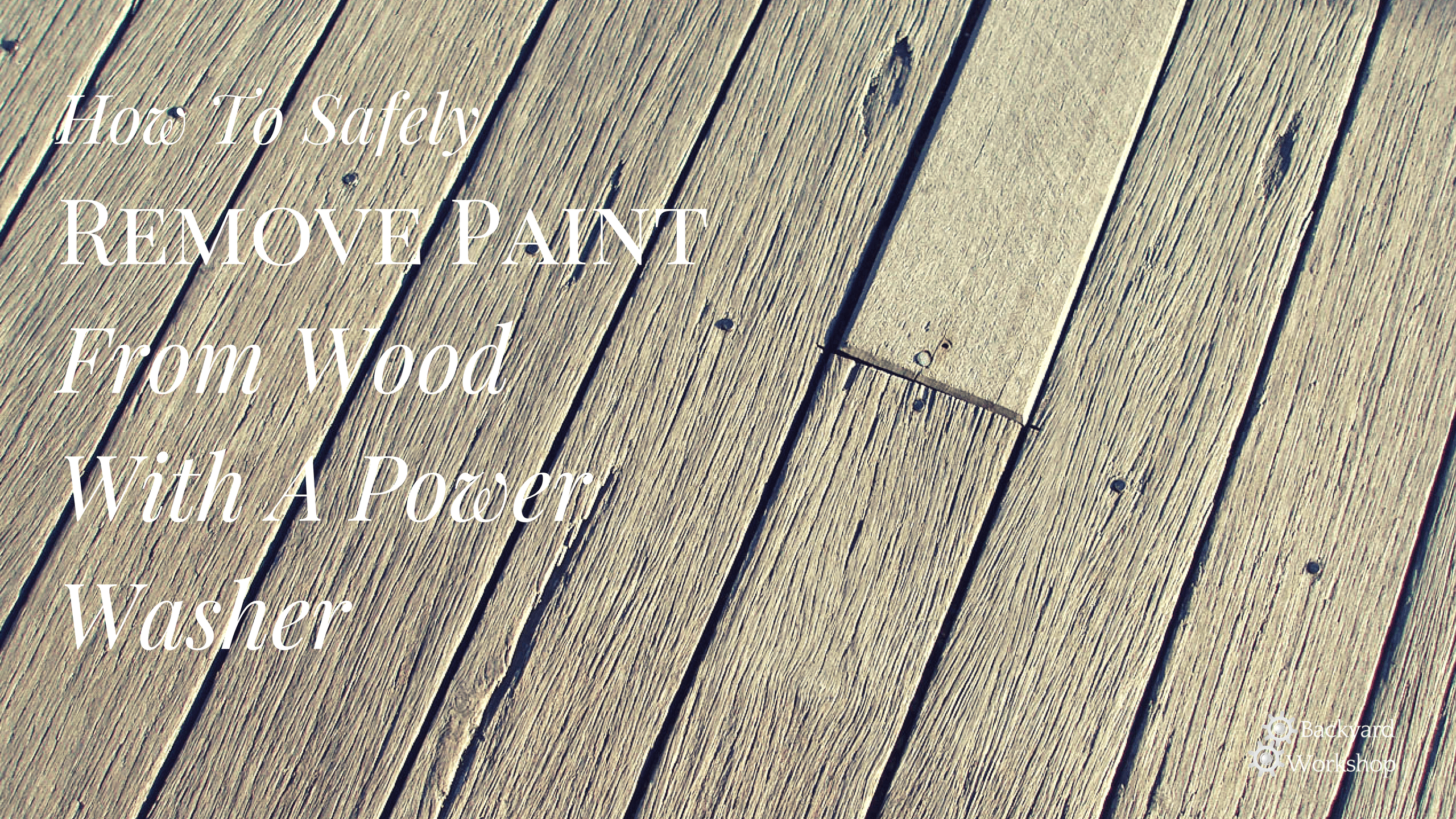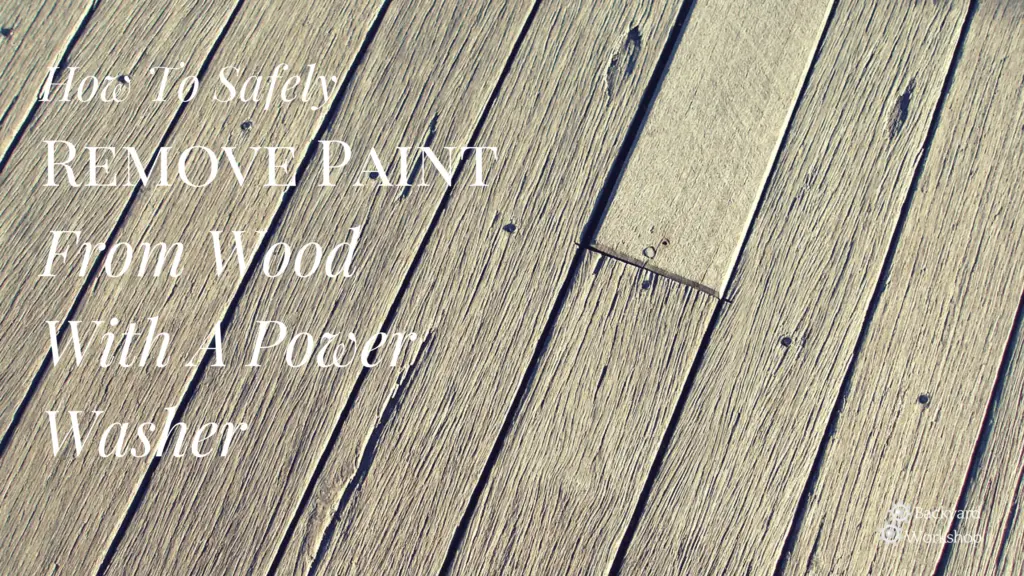How Do You Remove Paint From A Deck With A Pressure Washer?


Before you can give your deck a fresh look with a new coat of paint, you need to get rid of the old. Removing peeling paint is a tedious job. Using a top pressure washer model can save you time and effort.
Choose the Right Pressure Washer
To strip the paint, you will need the high pressure provided at around 2000 psi or slightly more. A pressure washer of 1200-2000 psi will probably not do the job very well. For tougher jobs, you’ll need an even higher pressure. Keep in mind that very high-pressure approaching 3000 psi and more could damage the wood.
The 15-degree tip and the 25-degree tip are the most common tips used for stripping paint. The spray of the 40-degrees tip is generally too wide to be effective. Although the 0-degree tip will remove the paint, it will easily damage the wood.
If you are in doubt, start with the widest tip angle and work your way down until you find one that is effective on your particular job.
Prepare the Deck
- Remove all garden furniture and household items on the deck.
- Before you sweep the debris and dirt from the deck, cover the surrounding plants and flowers with a tarp. Cover a wide enough area (about 10 feet) around the deck to protect the plants from being damaged by the blast of the pressure washer and from paint and debris.
- Sweep the deck to remove any dirt or plant matter that might be on top of it. If you have time, use soap and water to clean the deck. Afterwards, leave enough time to ensure the wood is dry before moving on.
- Scrape the peeled paint off the deck with an iron-bristle brush or scraper. You can perform this step after you used the pressure washer if you must, but pre-brushing can minimize the water pressure needed on the deck.
- Check for areas where your deck wood might be damaged or rotting. Make sure to use extra care with the washer in these areas – it won’t take very much pressure at all to quickly destroy rotting wood. On the bright side, you should really replace damaged wood when you are repainting or staining. It’s better to take care of the problem now then to push it off until it becomes a larger issue.
Apply the Correct Paint Stripper
- Soften remaining paint with paint stripper. Latex and oil-based paint require different paint strippers. If you’re not sure what type of paint your deck is, apply a small amount of alcohol on a rag and rub the paint. If the paint stains the rag, it is latex paint.
- Start at the farthest corner of the deck and work towards the stairs in 10 by 10 feet sections. Apply paint stripper to all areas covered with paint, including the steps and the rails.
- Wait about a half an hour for the paint to dissolve. It will bubble and lift. Don’t let it dry.
- Remember the deck will be very slippery from the paint stripper. Wait until you’ve removed the paint with the pressure washer before you walk around on the deck.
Using the Pressure Washer
- Adjust the nozzle of the pressure washer to fan spray.
- Use a 15-degree or 25-degree tip.
- Keep the tip of the pressure washer 16-24 inches away from the wood.
- Work on one section at a time.
- Spray downward with a sweeping motion along the grain of the wood.
- Scrape off paint that wasn’t removed by the pressure washer.
Wait about 48 hours or longer for the wood to dry before you apply paint or stain the wood. You don’t want to trap moisture in your deck wood.
Remember to wear safety goggles, gloves, and closed toe shoes to protect yourself from accidents.
I hope this was helpful. Let us know any other tips you might have by leaving a comment below.

